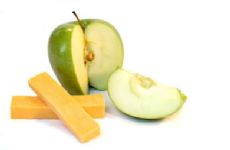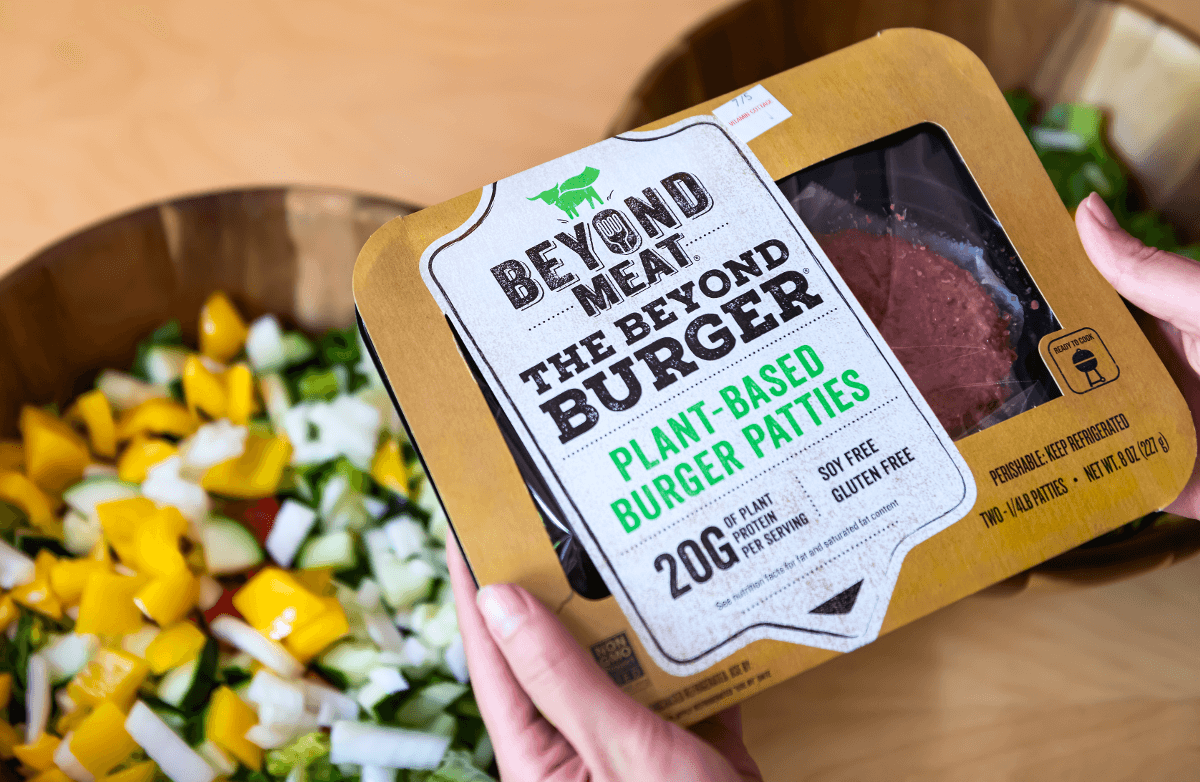|
One of my favorite classes to teach is the art of sauce making, which is one of the foundations of the kitchen. I believe it's so important that I require all my students to write a paper on the history of sauces. I get the occasional frown, squinty eyes, but often after my lecture, a smile. All my students are amazed by the vast history of sauces. Did you know that sauces have been used for thousands of years? Many of the early sauces were called relishes or salsa, and salt and fish entrails were common ingredients. Back in the day, sauces were used to cover the taste of not-so-fresh meat. Some things have changed, thank goodness, and some have not. Although the ingredients have somewhat changed over the centuries and our freshness standards have improved, we still prepare most salsas the same way. Some traditional salsas are cooked while some other versions, like pico de gallo, are eaten raw. Chopped tomatoes are combined with varieties of peppers then tossed with an acid and finished with herbs. Note: If you choose to purchase salsa rather than make it, read the label. You probably won't find fish entrails in the ingredients, but some other ingredients on that list might surprise you! It shouldn't have many more ingredients than the homemade version. Food manufacturers will slip in added salt, sugar, oil, or thickening agents. Though chips and salsa are a popular combination, remember that salsa just means sauce. Put some fresh salsa over grilled meats, cooked whole wheat pasta, or even plain yogurt. And no one ever said your salsa had to be just tomatoes and peppers. Explore making salsa with fresh and dried fruits. Tips for making great salsa:
Flavor Combinations:
Prefer a recipe rather than a ratio? Try one of these great member recipes! Want more healthy recipes from me and fellow SparkPeople members? Be sure to subscribe to SparkPeople's Recipe of the Day email. Click here to sign up! Did you know SparkRecipes is now on Facebook? Click here to "Like" us! What is your favorite salsa flavor combination? |
Related Entries
More From SparkPeople
|









.png)



.png)









